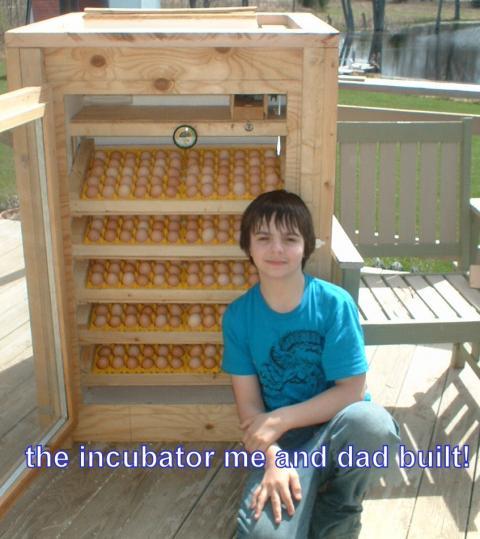
In addition to adding artificial heat, you must find a way to increase the humidity wherever the eggs are. Combine Heat with Humidityĭuck eggs need to be in a humid environment to hatch. If the eggs touch the heating pad, they can be too hot to hatch. You’ll also need to use some towels to wrap the eggs and provide a buffer between the eggs and the heating pad. This means you’ll have to move the heat lamp closer or farther away until you find the sweet spot. You can pick one up for your duck eggs and find the best way to get the temperature to 90☏. Heat LampsĪgricultural or farm supply stores usually sell heat lamps designed for incubating eggs, heating young animals, and a host of other uses. Here are some heat solutions you can use instead of an expensive incubator. The steadier you keep the temperature, the more likely your eggs will hatch. Likewise, you can set a thermometer inside the box, so you’ll always know how hot it is inside. You can find a temperature monitor to spot-test the box or whatever container you keep the eggs in.

The first thing you need to do is find a way to measure the temperature around the eggs. Those places don’t often have separate thermostats, so you will need to find a different solution. Still want to have a go at a DIY incubator? Let's look at how it can be done.In addition, most people don’t want to incubate duck eggs in their living rooms, so eggs usually end up in garages or a shed in the yard. It's important to remember that in any clutch of eggs there will be some which don't hatch for all kinds of reasons which are nothing whatever to do with the incubator: low fertility levels, time of year, handling and transporting problems, poor storage, bacteria infecting porous eggs and so on.Some studies put it as low as 33%, although others claim to have a much higher success rate.


Is it really that simple? Have we become too reliant on commercially-produced gadgets to perform what is essentially a very natural process? Our friend Claudio tells me his mother (in rural Italy) used to hatch chicks in the warm space under the kitchen fireplace if there was no broody hen available. So can a homemade incubator be less expensive while still providing the optimum levels of heat, humidity and security needed for a successful hatch? The information in this article is taken from reading extensively about DIY incubators, talking to members of our local farmers' union about their "fish tank incubator" (see below), and hearing from friends and neighbours who have used them - and still do.

But many of my friends here in Italy have - in fact, my Brinsea incubators became something of a celebrity because they are such an unusual sight.


 0 kommentar(er)
0 kommentar(er)
